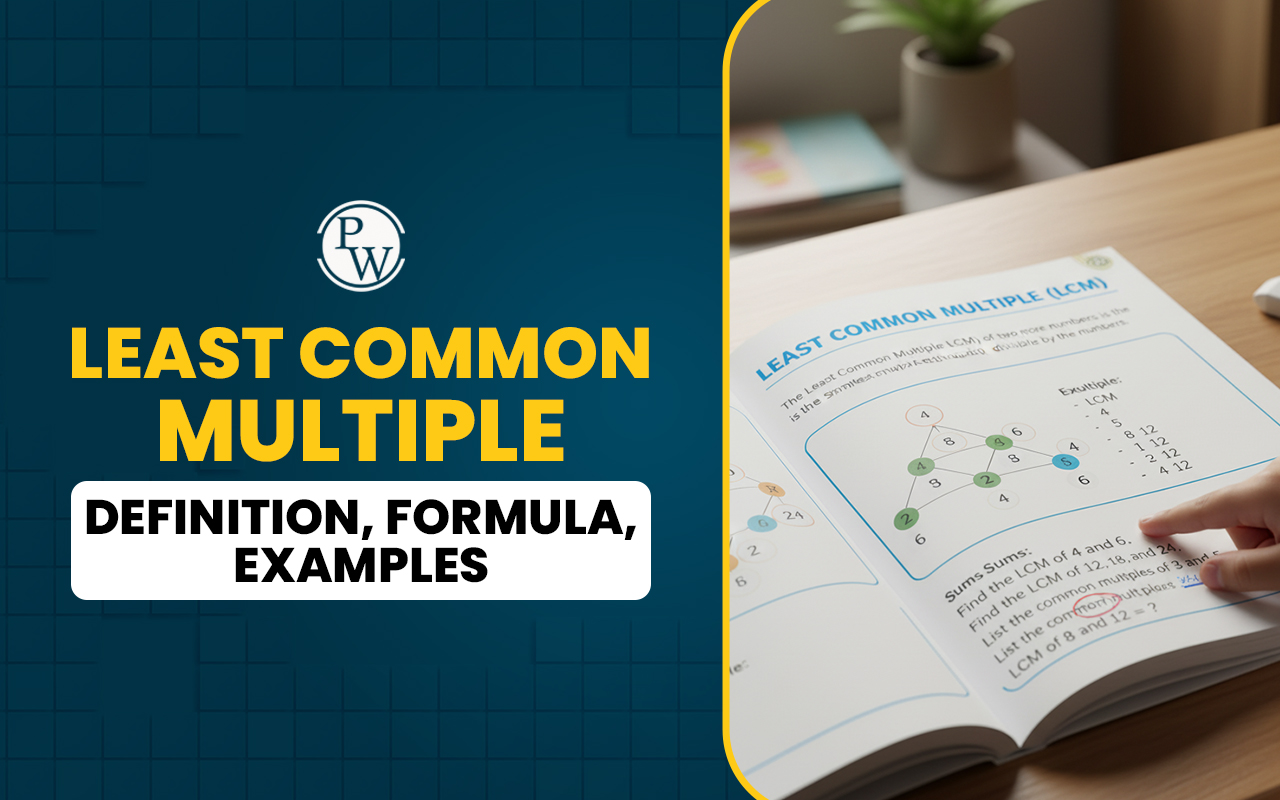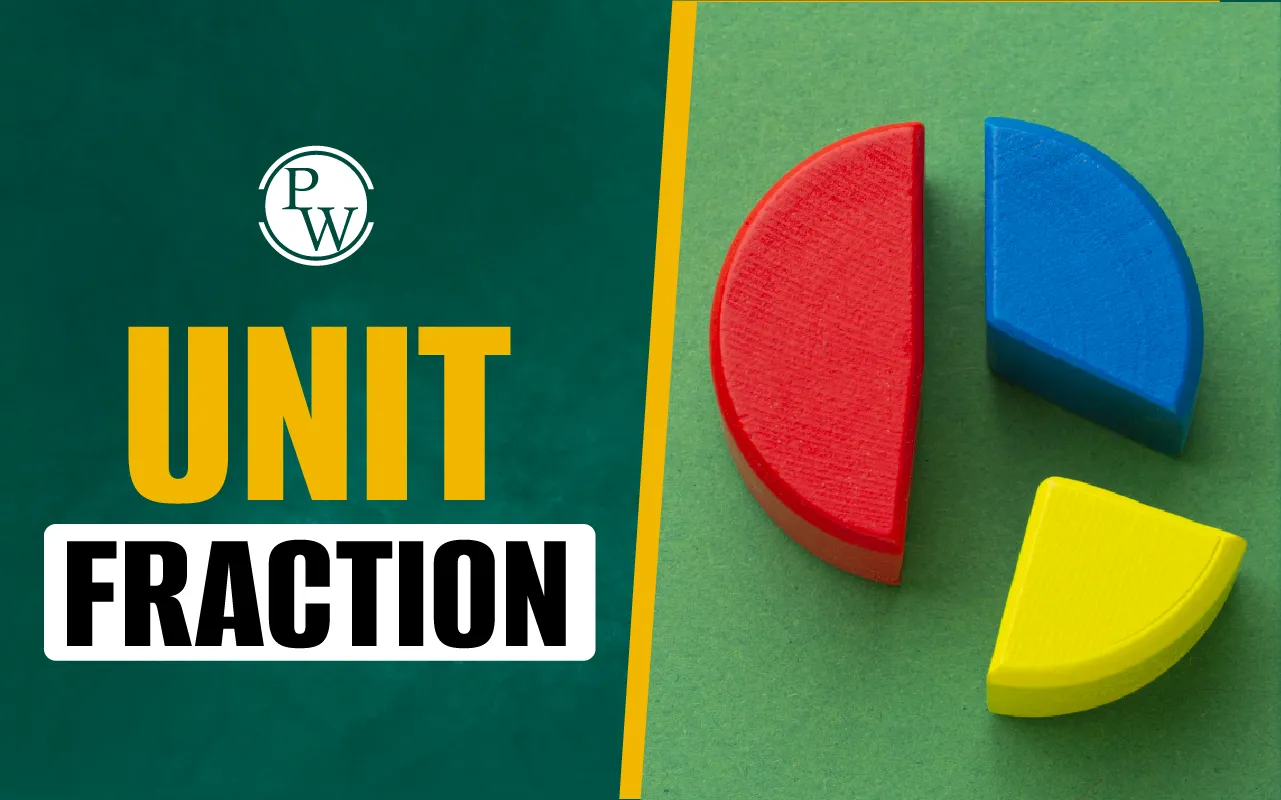
Coefficient
Numbers and constants are used in various ways in mathematics; and they are termed as ‘coefficient’ when found in algebraic expressions, along with variables. The coefficient multiplies a variable and determines its magnitude in the expression.
Understanding coefficients helps in solving equations and interpreting mathematical relationships in science, engineering, and daily life. You will gain knowledge about the definition and types of coefficients, as well as numerous examples that will clarify the concept.
Read More: Basic Algebra
What is a Coefficient?
A coefficient of a variable in an algebraic expression is a number or constant value multiplied with the variable. It is placed before the respective variables and indicates a multiplier of that variable.
For example:
-
In the expression 3x, the coefficient of variable x is 3
-
In the expression 5x -2xy, the coefficient of x is 5 and the coefficient of xy is (-2)
-
In the expression px2 + qx + r, the coefficient of x2 is p and the coefficient of x is q.
For an equation 4z = 28, the coefficient of the variable z indicates how many times z is to be multiplied to get the value of 28.
Coefficient can be a positive number, negative number, fraction, or even irrational number.
For example,
-
In 7x2 + 3, the coefficient of x2 is 7
-
In 2y2 - 9x, the coefficient of y2 is 2 and coefficient of x is (-9)
-
In 2/3z + 8, the coefficient of z is 2/3
How to Find a Coefficient of a Variable?
Students often want to know how to find a coefficient in an equation or expression. They must follow the simple steps as given blow:
-
Identify the variables in the expression or equation.
-
Check the number or constant placed with the variable indicating a multiplication.
-
That number or constant is the coefficient of that variable.
For example:
In the equation, 3y2 + 2y - 8 = 0, the 3 is attached to y2 and 2 is attached to y.
So, 3 is the coefficient of y2 and 2 is the coefficient of y in this equation.
Read More: Basic Geometrical Ideas
Types of Coefficients
Coefficients can be classified into different types depending on their mathematical significance. Let’s understand the different types of coefficients as explained below:
Numerical Coefficient
A numerical coefficient is a constant that has a numerical value which is multiplied with the variable(s). For example, in the expression 12ab, the numerical coefficient of ab is 12.
Leading Coefficient
It is the coefficient attached to the variable with the highest exponential value in an algebraic expression. For example:
In the polynomial -4p3 + 7p2 + 12p - 25, the leading coefficient is -4.
The leading coefficient is particularly important in graphical representation of polynomials because it influences the shape and direction of the curve.
Read More: How to Do Long Division
Coefficient Examples
Let’s go through the following examples to get more clarity on the concept of coefficients:
Example 1 Find the coefficient of m in the expression 8m + 24
Ans. The coefficient of m is 8.
Example 2 Find the coefficient of y2 in the expression y2 + 3p – 18
Ans. The coefficient of y2 is 1.
Example 3 Find the coefficient of z2 in the expression 6z3 - 2/5z2 + 4z
Ans. The coefficient of z2 is -2/5
Example 4 Find the leading coefficient in the expression 16a4 + 8a3 + 4a2 – 2a
Ans. The leading coefficient is 16.
Important Points About Coefficients of a Variable
-
A coefficient is always attached to a variable and placed before it.
-
A coefficient can be positive, negative, a fraction, a decimal, or even an irrational number.
-
When a variable has no coefficient, it implies that its coefficient is 1.
-
A coefficient can’t be zero because that particular term will be zero when multiplied by zero.
-
Coefficients attached to the variables of the same degree follow the normal rules of addition, subtraction, multiplication, and division.
Importance of Coefficients
Coefficients are important in mathematics and other fields of science to express any relationship and condition in terms of variables. Let’s find out why coefficients are important:
-
Coefficients make it easier to simplify equations by combining like terms.
-
The coefficient of a variable in a linear equation denotes the slope of the line when represented graphically.
-
The leading coefficient determines the nature of the polynomial curves when represented graphically.
-
Coefficients play an important role in physics (coefficient of friction) and economics (coefficient in equations of demand and supply).
Read More: Simple Equations
Coefficients Solved Examples
-
The length of a rectangle is 6 units more than twice its width. If the value of the width is p, write an expression for the perimeter of the rectangle.
Solution: The width of the rectangle = p
Therefore, the length of the rectangle = 2p + 6
So, the perimeter of the rectangle is = 2 (length + width)
= 2 (p + 2p + 6)
= 2 (3p + 6)
= 6p + 12
Ans. The expression for the perimeter of the rectangle is 6p + 12.
2. Priya bought 4 pens and 7 pencils. If the cost of a pen is x and the cost of a pencil is y, then write an expression for the total cost incurred.
Solution: Cost of one pen = x
So, cost of 4 pens = 4x
Again, cost of one pencil = y
So, cost of 7 pencils = 7y
Therefore, total cost incurred = 4x +7y
Ans. The expression for the total cost incurred is 4x + 7y
Coefficient Vs. Constant
An algebraic expression can have a constant term apart from variables. This constant term stands alone, without depending on the value of the variable. For example, in the expression 7x + 6, the coefficient of x is 7 and the constant term is 6. The table below highlights the differences between the coefficient and constant:
|
Coefficient Vs. Constant |
|
|
Coefficient |
Constant |
|
A factor multiplying a variable in an expression |
A fixed value in an expression without involving variables |
|
Indicates the magnitude of the variable |
Remains constant and independent of variables |
|
Attached to the variables in the expression as multiplier |
Not multiplied by variables |
|
Coefficient can never be zero in an expression |
Constant can be zero in an expression |
The coefficient of a variable is a fundamental concept in mathematics, especially in algebra. It helps simplify expressions, solve equations, or make graphs for polynomials.
Knowledge of the concepts of coefficients will help your child understand how numbers and variables interact in expressions and equations. With more exposure and practice with coefficient examples, they can handle algebraic problems easily and confidently.
Also read: Remainder
Help Your Child Enjoy and Excel in Math with CuriousJr Online Classes
Does your child feel nervous or lose confidence when solving math problems at home? Many kids find math challenging, which can make them dislike the subject or score lower in exams. With the right support, math can become easier, enjoyable, and even exciting.
CuriousJr’s Maths Online Classes for Classes 3 to 9 help children understand math step by step. Our two-teacher model gives each child personal attention during live sessions, along with extra help after class to quickly resolve any doubts.
Lessons use fun activities, colorful visuals, and simple examples to make even difficult topics easier to grasp. Regular homework lets children practice what they learn, while progress updates keep parents informed about improvements.
By combining interactive teaching with consistent practice, CuriousJr helps children improve in math and gain confidence in their abilities.
Book a demo class today and give your child the support they need to enjoy math and succeed in every lesson!
Coefficient FAQs
What are polynomial coefficients?
What does the coefficient of x signify in the equation y = mx + c?
How are the like terms with different coefficients added?
What will be the product of 15y and 4z?










